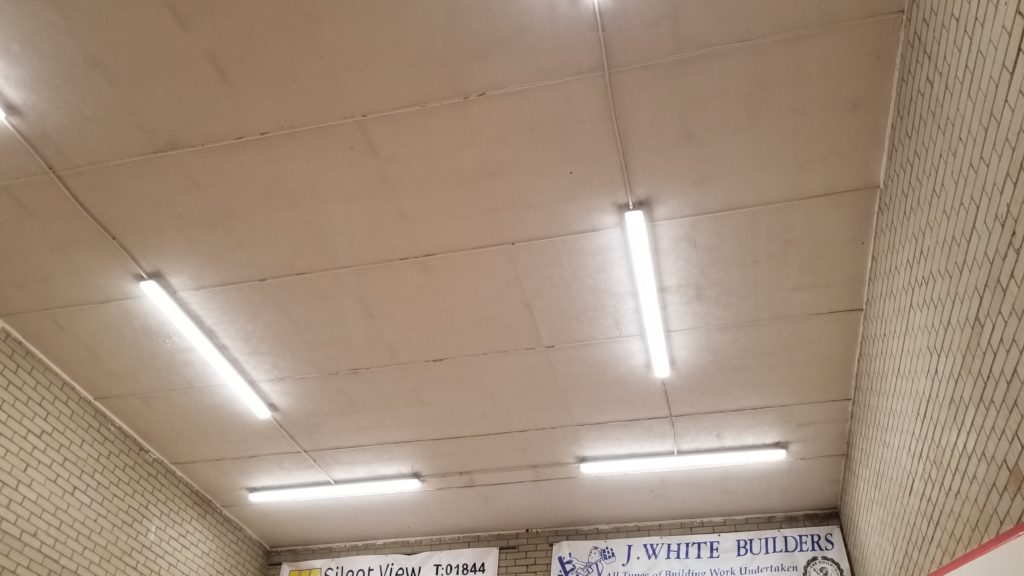
ARTICLE
Top 3 tips for reducing workplace energy usage
1. Power down when not in use
When our team visit businesses to assess their premises, we often see appliances – computers, photocopiers, water coolers, fans, vending machines – left turned on constantly, even when there’s no one in the room or the building.
Making sure these items are switched off when not in use, or when the building is locked up at the end of the day, is a simple way to reduce wasted energy in the workplace.
This may be about ensuring your team is briefed on turning off their equipment when they leave, and that the last person to leave the building does a quick look around to make sure everything is switched off. Equally, many appliances have existing settings and control options which could enable you to automatically shut down idle equipment with minimal effort. Computers and laptops, for instance, can be programmed to automatically hibernate or switch off when not in use.
Turning computers and monitors off at night can save £35 per desk every year.*
2. Reduce overheating
Heating usually accounts for the largest proportion of an organisation’s energy use and energy spend – often up to 50%. This means it’s also an area where significant savings can be made.
Energy used on heating can usually be reduced without compromising the comfort of your staff, customers, and visitors, simply by ensuring that heating is off (or greatly reduced) when the building is unoccupied overnight or during the weekend.
If you have heating controls, you should also be able to programme this to occur automatically – as well as checking the current settings or timers you have in place. As a guide, when the building is in use the ideal temperature range is between 18 and 21oC. When not in use heating can be completely switched off or greatly reduced to between 9 and 12oC.
Reducing the temperature by 1°C can save enough energy to print over 40 million sheets of A4 paper.*
3. Raise energy awareness
Different people have different comfort levels and preferences for their environment, so you may find that staff members are often opening windows or cranking the temperature up. This is understandable, but will have an impact on your organisation’s energy use and carbon footprint, using more energy than necessary and losing heat through windows left open. Beyond heating, you might find that some people using your office are more likely to leave lights on when they leave an area, use the printer often, or forget to turn their computer off when they leave for the day – all of which will lead to wasted energy.
All of this can be reduced by opening dialogue with those using your premises (staff, customers, suppliers) about energy use in the building, and how they could be helping to reduce it.
You can also provide regular instructions or communications to keep it top of mind. This might be a reminder in your staff newsletter, or using visual cues such as putting up a poster close to the window reminding people to shut it when they leave the room – take a look a these posters and stickers from EON energy if you need inspiration.
*All statistics from British Gas: https://www.britishgas.co.uk/business/smarter-working/energy-made-simple/offices

Thanks for reading!
Energy Solutions Oxfordshire is a complete energy efficiency service, helping organisations lower their energy use, while saving time and money. Get started by filling out our online survey to get a free Desktop Diagnosis Report for your organisation.
Did you like what you read?
Then share this page with a colleague to keep the
conversation going and spark new ideas.
You might also like…

UK Community Renewal Fund – The impact of our support

New findings suggest 87% of people in the UK now support renewables

Thinking about generating your own energy?

